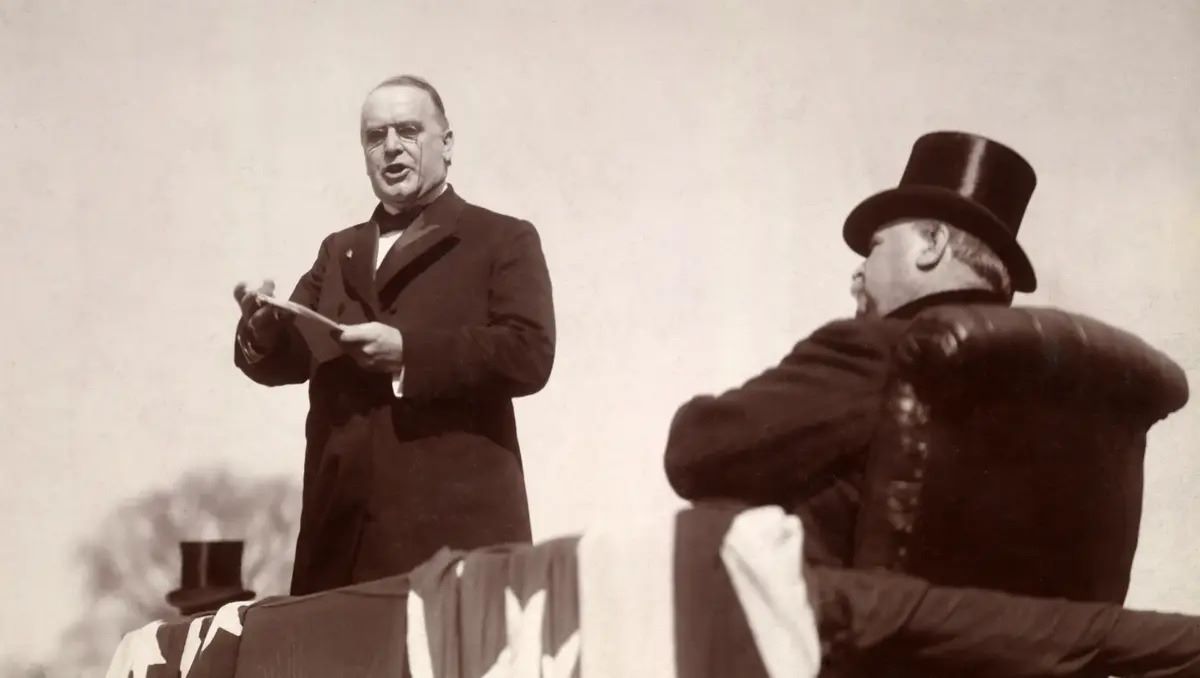
Welcome to the fascinating world of Central Pomo! In this article, we will explore 14 intriguing facts about the Central Pomo people, an indigenous group who resided in what is now known as Northern California. These Native Americans have a rich cultural heritage that spans centuries, and learning about their history, traditions, and way of life is both informative and awe-inspiring. From their deep connection to the land to their intricate basket weaving techniques, Central Pomo has left a lasting imprint on the region. Join us as we delve into their unique customs, language, and contributions to the Native American legacy. Let’s embark on a journey to discover the captivating world of Central Pomo!
Key Takeaways:
- The Central Pomo are a Native American tribe from California, known for their deep connection to nature, intricate craftsmanship, and rich storytelling tradition.
- Efforts to preserve Central Pomo language and culture are crucial for ensuring the survival and flourishing of this resilient indigenous tribe.
The Central Pomo are a Native American tribe.
The Central Pomo people are indigenous to the state of California, specifically in the counties of Lake and Mendocino. They have a rich cultural heritage and have inhabited the region for thousands of years.
Their language is a part of the Pomoan language family.
The Central Pomo language belongs to the Pomoan language family, which is a group of seven mutually unintelligible languages spoken by different Pomo tribes. The language is known for its complexity and unique linguistic characteristics.
Central Pomo traditionally relied on hunting and gathering for sustenance.
Before European contact, the Central Pomo people practiced a subsistence lifestyle that involved hunting and gathering. They would hunt game, such as deer and elk, and gather a variety of wild plants and seeds for food.
They have a deep connection to their natural surroundings.
The Central Pomo people have a profound respect for the land and its resources. Their cultural practices and beliefs revolve around maintaining a harmonious relationship with nature, honoring the spirits of animals and plants.
Central Pomo homes were traditionally made from local materials.
The Central Pomo people constructed their homes using materials found in their environment. These homes, called ‘kotcas’, were made from materials like willow branches, tule reeds, and grasses. They were well-suited to the region’s climate.
The Central Pomo had a complex social structure.
Central Pomo society was organized into clans, with each clan having its own territory and responsibilities. Social interactions and marriages often occurred within the same clan, strengthening communal ties and cultural identity.
They had elaborate spiritual beliefs and practices.
The Central Pomo people had a rich spiritual tradition that permeated all aspects of life. They believed in the existence of a creator and worshipped various deities associated with natural forces, seasons, and celestial events.
Central Pomo women played important roles in their society.
Central Pomo women held positions of influence and had vital responsibilities within their communities. They were skilled in gardening, basket weaving, and the making of pottery, which were essential for the well-being of their families.
Central Pomo traditional clothing was intricate and meticulously crafted.
Central Pomo people adorned themselves with beautifully crafted garments made from materials like animal hides, feathers, and shells. These garments were decorated with intricate beadwork and symbolic designs representing their cultural heritage.
The Central Pomo had a strong oral storytelling tradition.
Storytelling played a significant role in Central Pomo culture. Elders would pass down myths, legends, and historical accounts orally, ensuring the preservation of their rich cultural heritage for future generations.
They have faced significant challenges throughout history.
Like many indigenous communities, the Central Pomo people have experienced displacement, loss of land, and cultural disruption due to colonization and forced assimilation policies. However, they continue to persevere and celebrate their rich heritage.
Efforts are being made to revitalize Central Pomo language and cultural practices.
In recent years, various initiatives have been undertaken to preserve and revitalize the Central Pomo language and cultural practices. Language programs, cultural events, and educational initiatives are helping to ensure the continuity of their traditional way of life.
The Central Pomo have a strong sense of community.
The Central Pomo people value communal living and have a strong sense of connection to their fellow community members. They come together for celebrations, ceremonies, and to support one another in times of need.
Central Pomo art and craftsmanship are highly regarded.
The Central Pomo people are known for their exceptional artistic skills. They are renowned for their basketry, beadwork, and intricate carvings, which serve as a visual expression of their culture and traditions.
These 14 fascinating facts about Central Pomo provide a glimpse into the rich history, culture, and resilience of this indigenous tribe. The Central Pomo people have overcome countless challenges throughout history and continue to celebrate and preserve their cultural heritage. Efforts to revitalize their language and traditions are crucial in ensuring the survival and flourishing of their unique way of life. The Central Pomo serve as a reminder of the importance of honoring and valuing the diverse indigenous cultures that have shaped our world.
Conclusion
In conclusion, Central Pomo is a fascinating Native American tribe with a rich history and culture. From their traditional practices to their unique language and art forms, Central Pomo has left an indelible mark on the heritage of California. Through this article, we have uncovered a plethora of intriguing facts about Central Pomo, such as their reliance on acorns as a staple food, their deep connection to nature, and their impressive basket-weaving skills. We have also learned about the challenges they faced in the past and their strong resilience in preserving their traditions.By exploring the unique aspects of Central Pomo, we can gain a deeper appreciation for the diverse cultures that exist in the world. It is important to recognize and honor the contributions and legacy of Native American communities like Central Pomo, as they play a vital role in shaping our understanding of history and promoting cultural diversity.
FAQs
Q: What is the significance of acorns in Central Pomo culture?
A: Acorns hold great importance in Central Pomo culture as they were a primary source of food and sustenance. The tribe developed intricate techniques to process acorns, which were then used to make nutritious meals.
Q: Does the Central Pomo tribe still exist today?
A: Yes, the Central Pomo tribe still exists today. Although their population has significantly decreased over the years, efforts are being made to preserve their culture and traditions.
Q: What are some traditional ceremonies or rituals practiced by the Central Pomo tribe?
A: The Central Pomo tribe has various traditional ceremonies and rituals, including the “Brush Dance” and “Ghost Dance.” These ceremonies are performed to connect with the spiritual world and maintain a harmonious relationship with nature.
Q: Is the Central Pomo language still spoken today?
A: Unfortunately, the Central Pomo language is considered endangered, with very few fluent speakers remaining. However, efforts are being made by tribal members and linguists to preserve and revitalize the language.
Q: Are there any Central Pomo cultural sites that can be visited?
A: Yes, there are cultural sites associated with the Central Pomo tribe that can be visited, such as the Lake County Historical Society Museum. These sites provide insights into the tribe’s history, traditions, and artifacts.
Q: Are Central Pomo baskets still made today?
A: Yes, Central Pomo baskets are still made today. The tribe has a long tradition of intricate basket weaving, and skilled artisans continue to create beautiful baskets, showcasing their cultural heritage.
Immerse yourself in fascinating Native American languages like Keresan, spoken by Pueblo peoples of New Mexico. Explore endangered languages such as Livonian, once prevalent in Latvia but now critically at risk. Celebrate cultural heritage through events like Mountain Heritage Festival, showcasing Appalachian traditions and crafts.
Was this page helpful?
Our commitment to delivering trustworthy and engaging content is at the heart of what we do. Each fact on our site is contributed by real users like you, bringing a wealth of diverse insights and information. To ensure the highest standards of accuracy and reliability, our dedicated editors meticulously review each submission. This process guarantees that the facts we share are not only fascinating but also credible. Trust in our commitment to quality and authenticity as you explore and learn with us.


